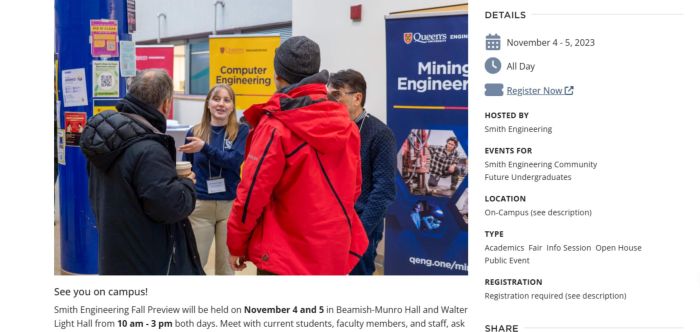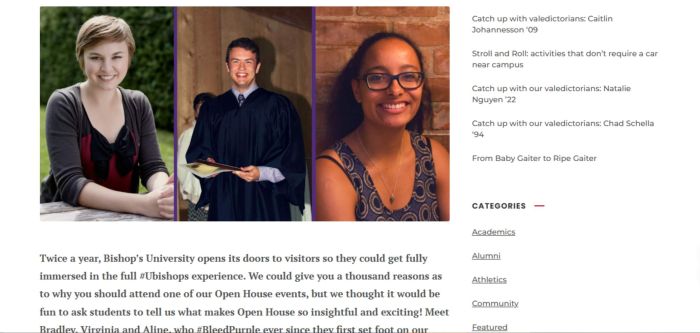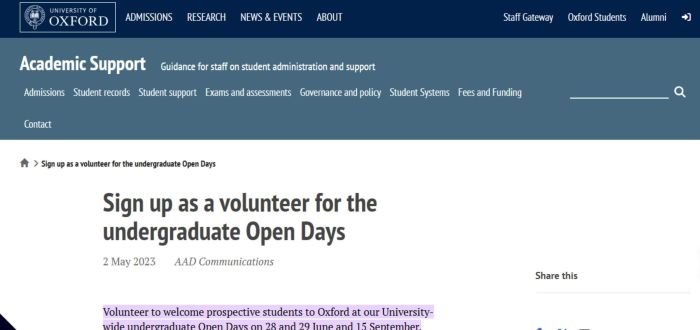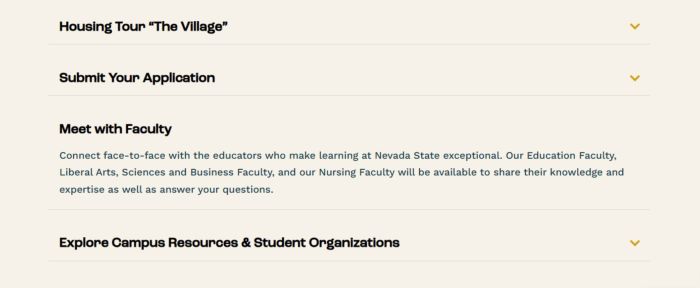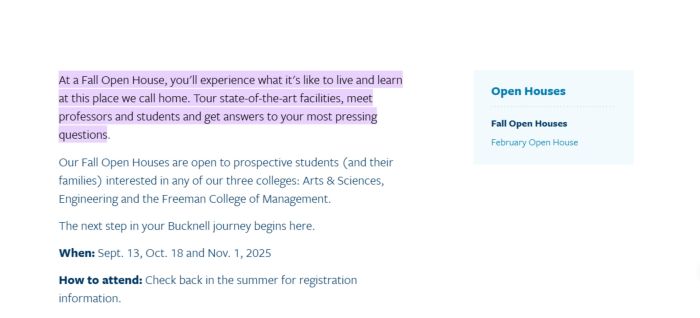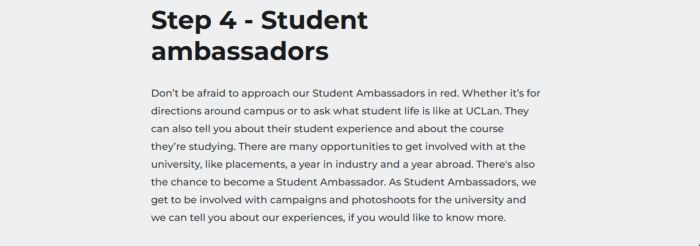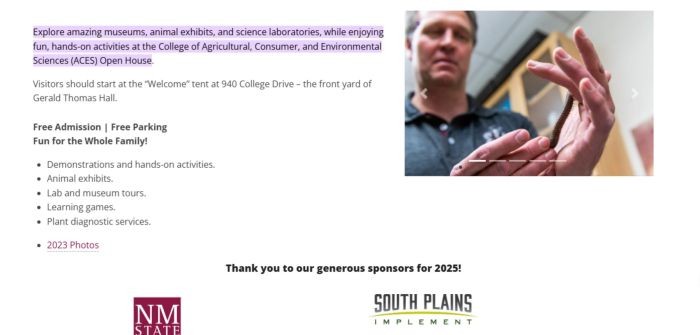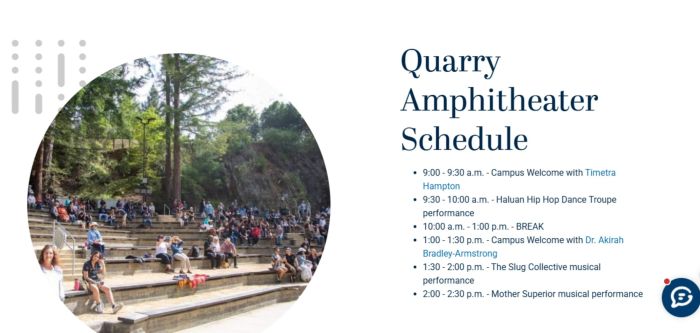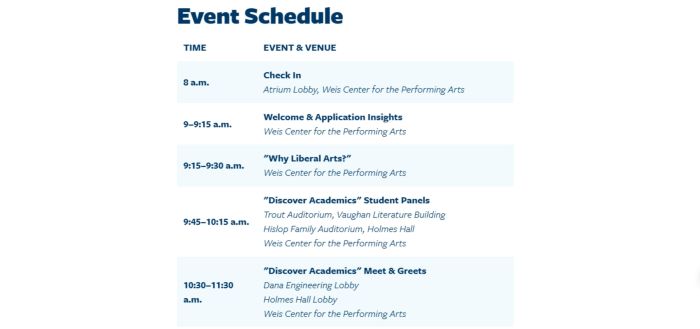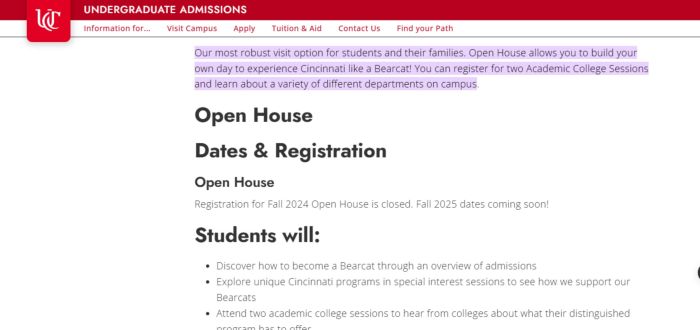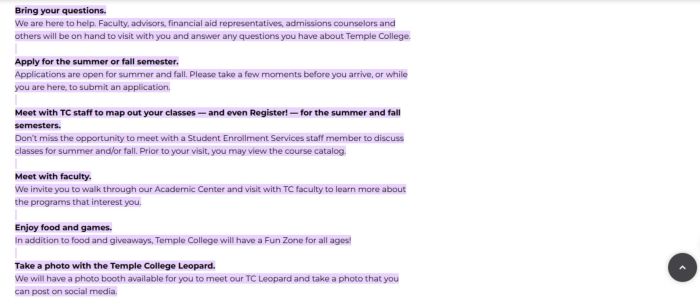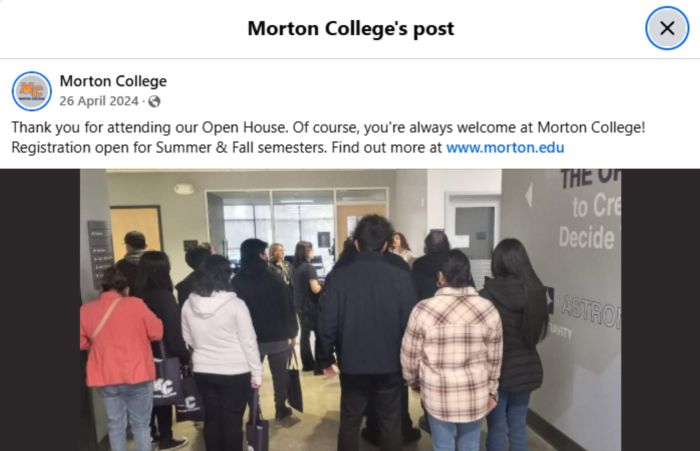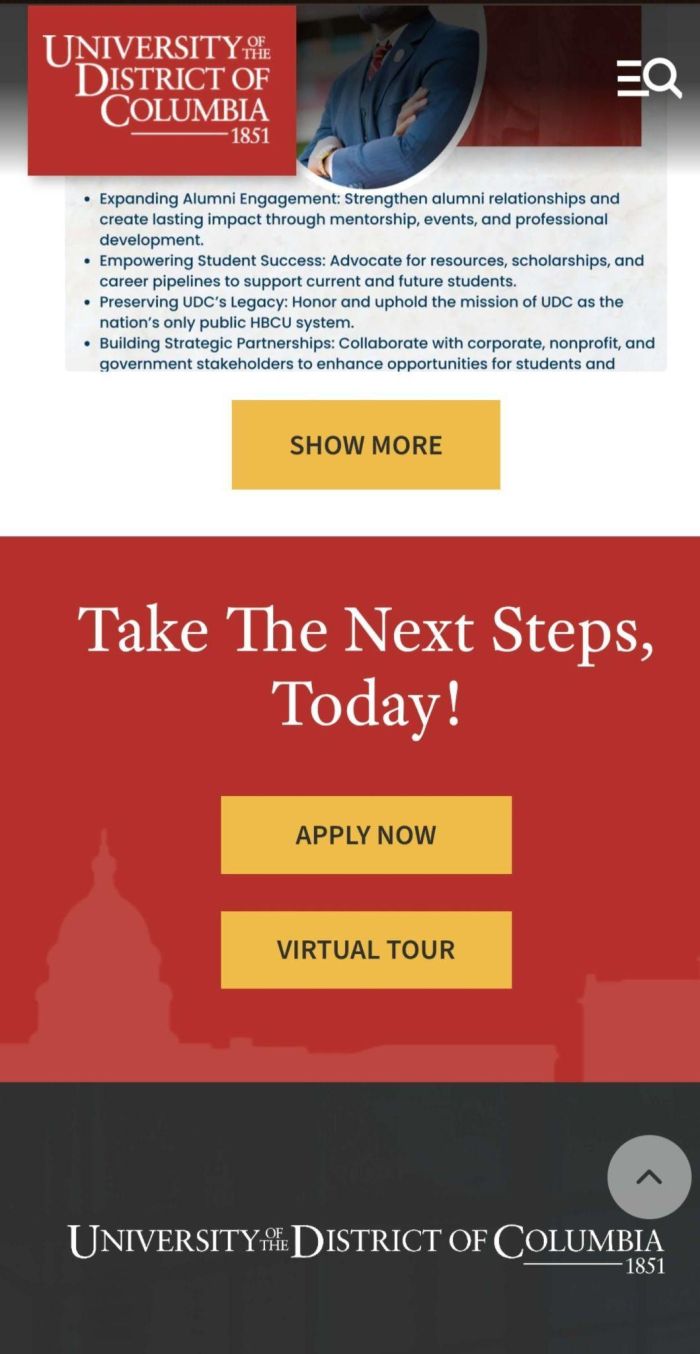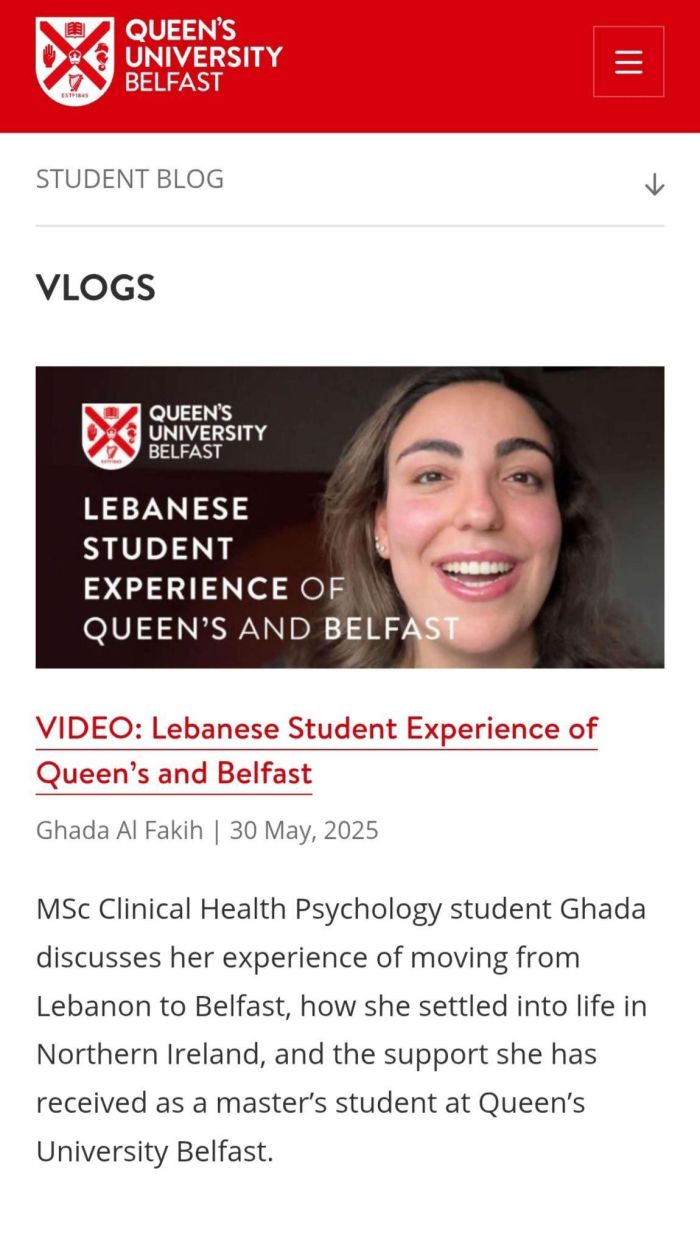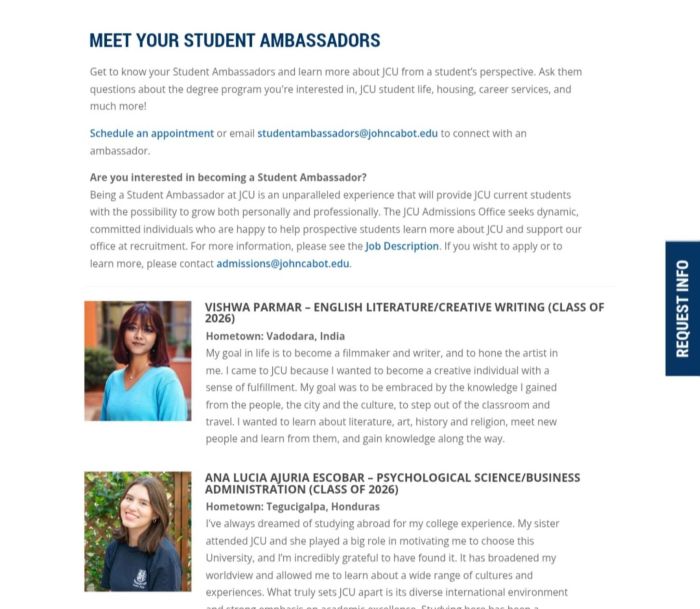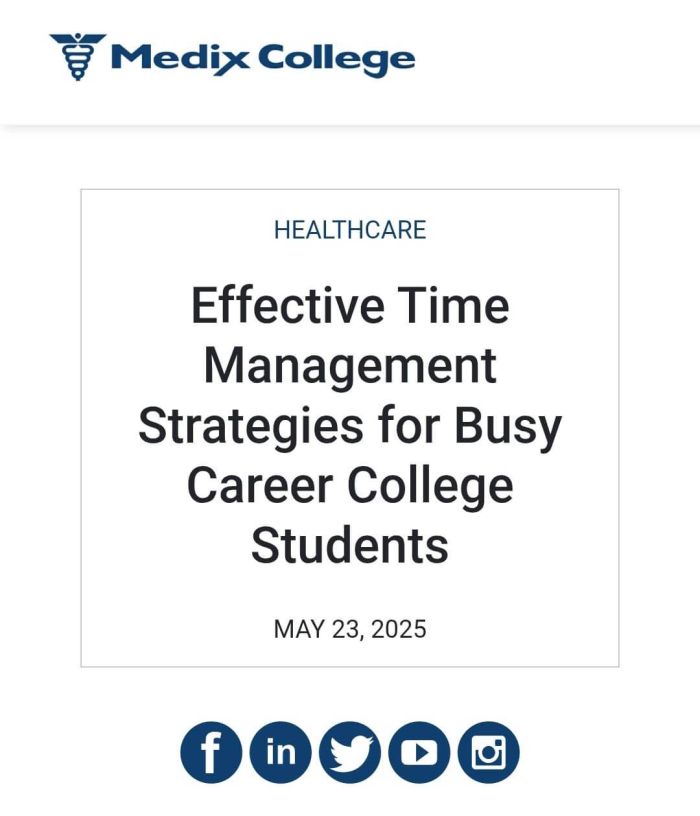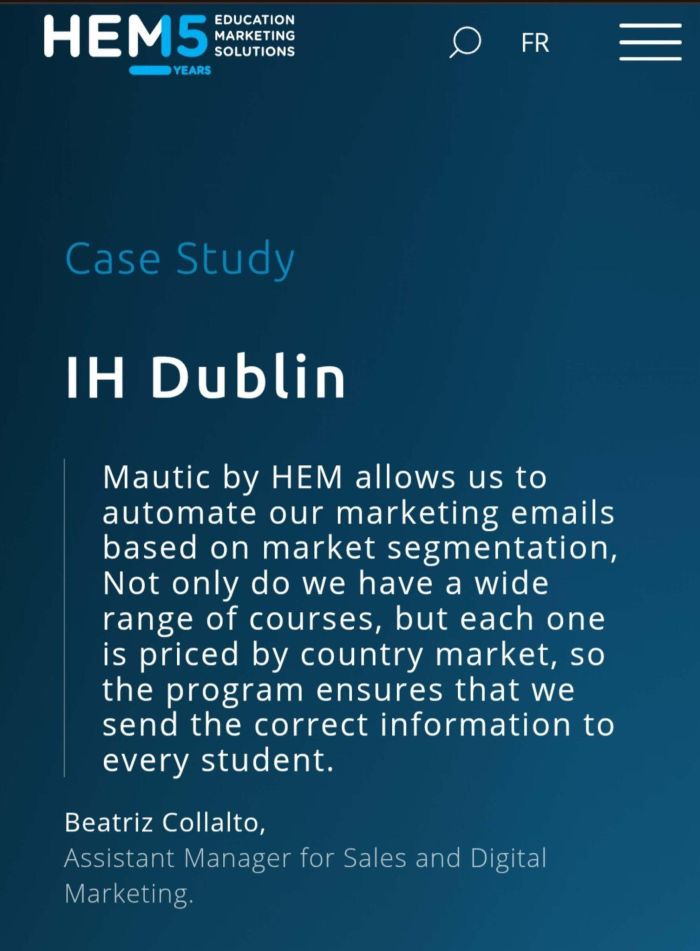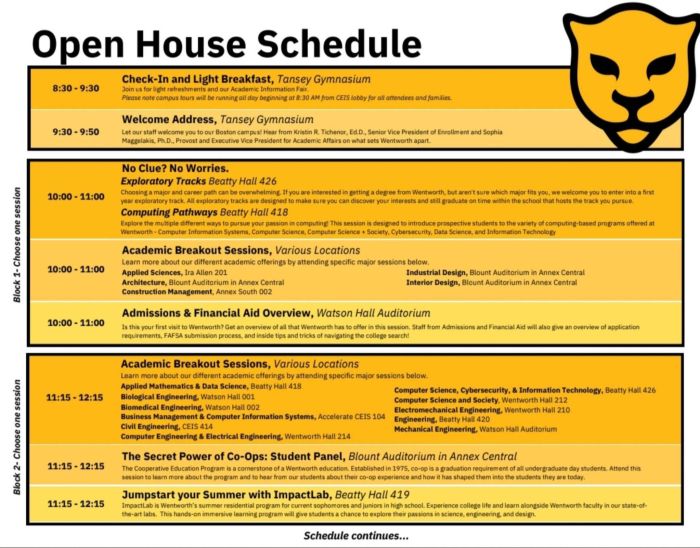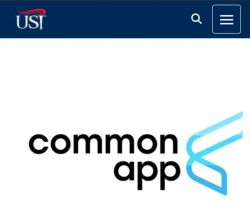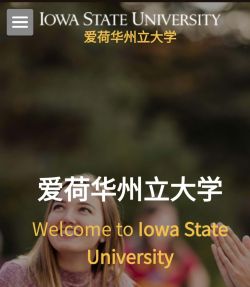- Gary Gillon is a lecturer in business and management at the University of the West of Scotland. Alan Martin is a lecturer in enterprise at the University of the West of Scotland. Dr Robert Crammond is a senior lecturer in enterprise at the University of the West of Scotland.
In its competitive market, the UK’s universities face growing pressure to be enterprising and produce graduates with real-world skills and innovative thinking. Employers frequently voice concerns about graduates lacking practical skills required in today’s workplace. At the same time, a new generation of students is more entrepreneurial and digitally agile than ever.
A 2023 survey published by the Association of Accounting Technicians found 64% of Generation Z (aged 16 – 25) have started or plan to start their own business, in addition to nearly 5,000 start-ups that were established in UK universities during the 2022-2023 academic session.
With regards to university students specifically, around 27% are managing a business (around 14.4% amongst graduates) or intend to do so. A good figure, but it represents a fraction of the overall student population: so what are universities missing?
Bridging this gap between academic learning and enterprise-ready skills is critical. One promising solution, which links universities and industry, lies in apprenticeships. Called Graduate Apprenticeships (GAs) in Scotland or Degree Apprenticeships (DAs) in England, these programmes combine university study with paid and relevant work experience.
By design, GAs or DAs place students in work-based projects from day one, nurturing an entrepreneurial mindset through hands-on problem-solving, collaboration with industry, and continuous skills development. Through this comprehensive work-integrated learning model, students simultaneously acquire practical expertise while pursuing a degree qualification.
Bridging Theory and Practice through Apprenticeships
Admired by politicians and desired by university management wishing to bolster their institutional offering, apprenticeships have become an integral policy instrument for addressing skills shortages in fields from STEM to digital technology.
Introduced in 2016, they have been central to Scotland’s efforts to reduce youth unemployment. The appeal of the GA pathway is clear: apprentices earn a wage, gain a degree, and directly apply academic theory to workplace projects. Government and industry bodies recognise the value of GAs for building a skilled, innovative workforce.
The Scottish Government’s Future Skills Action Plan (2019) highlights the role of work-based learning in addressing skills gaps and promoting economic growth. Similarly, the UK Innovation Strategy (2021) identifies apprenticeships as essential for creating an “innovation-ready workforce”.
In short, apprenticeships effectively bridge the gap between knowing and doing and naturally encourage an entrepreneurial way of thinking far better than traditional lecture-based university programmes, producing graduates who are work-ready and adept at translating theory into practice. In addition, they reward lifelong learning and lead to the gaining of new knowledge, experiencing varied modes of learning, and the acquisition of relevant skills development for today’s organisations and markets.
However, forms of apprenticeships have their critics. Equitable, structured accessibility and supportive routes towards the degree award, amidst low completion rates and arguable bureaucracy, remain particular challenges.
Therefore, drastic reform on regulation and administration, as well as an image change to increase the desirability of apprenticeships to meet demand, are needed.
This can be achieved through universities highlighting enterprising and business growth benefits as key outcomes of the apprenticeship programme.
Entrepreneurship in Action, Not Just in Theory
A common criticism of higher education, often expressed in media outlets, is that it teaches ‘about’ entrepreneurship rather than providing opportunities ‘for’ entrepreneurship. Apprenticeships flip this script. By spending most of their time on industry projects, apprenticeship students learn entrepreneurship by doing: identifying opportunities, testing ideas, implementing solutions and seeing results. This ‘learning by doing’ approach is far more effective than studying entrepreneurship only in theory, and apprenticeships exemplify its success.
Hands-on work-based learning projects allow students to generate original solutions to real needs and act on them even as conditions change. This is the essence of the entrepreneurial mindset. Crucially, the aim of apprenticeships is not to turn every student into a start-up founder, but to instil entrepreneurial thinking that applies in any context, including within established organisations.
Many apprentices initially see themselves as employees rather than ‘entrepreneurs’, so educators frame entrepreneurship as personal development, taking initiative, adapting to change, and solving problems on the job. By graduation, apprenticeship students may still pursue a conventional career but carry an entrepreneurial mindset that drives them to innovate and add value in any role. In essence, universities are creating intrapreneurs with the initiative and vision to act like entrepreneurs inside established companies.
Key Skills Developed on the Job
Fostering an entrepreneurial mindset requires developing a broad suite of skills and attributes. Apprenticeships are uniquely positioned to strengthen these through on-the-job learning.
These include:
- opportunity recognition (spotting inefficiencies and identifying opportunities for improvement),
- creative problem-solving (inventing solutions under real constraints),
- comfort with uncertainty (making decisions with incomplete information and learning from failure),
- self-direction (taking initiative and managing projects independently),
- communication (building professional relationships), and
- resilience (maintaining a work-life balance).
These are qualities employers seek in graduates. A national survey of hiring managers identified such traits as key markers of ‘work-ready’ graduates. By embedding these capabilities, Apprenticeships produce alumni who are not only academically qualified but also primed to drive innovation.
Developing an Entrepreneurial Culture for All Students
Maximising the impact of apprenticeships and making them more appealing requires universities to actively build a supportive entrepreneurial culture. This means going beyond isolated modules or one-off initiatives and making enterprise and innovation a core part of the learning experience.
The University of the West of Scotland (UWS) provides a compelling example. UWS has promoted an ‘entrepreneurial mentality’ across its Business Management portfolio. Initiatives include a Student Innovation Hub where students, staff and industry partners collaborate on projects to expand their knowledge and skills around innovation and entrepreneurship in one space that leads to industry recognition.
Other universities are taking similar steps, integrating entrepreneurship into curricula and extracurricular activities, leveraging alumni and partners to provide students with project opportunities. Some universities have set up innovation hubs or incubators accessible to all students, offering resources to help turn ideas into ventures. This inclusive approach ensures that even those who do not identify as ‘entrepreneurs’ can gain entrepreneurial experience – whether by launching a social initiative, improving a workplace process, or starting a side business.
By normalising entrepreneurial activity as a valued part of education, universities help students see it as a natural extension of their studies rather than a risky deviation. Combining this notion with apprenticeship offerings affirms the university as being at the service of its immediate community, transforming individuals and businesses, and contributing to local and regional economic growth.
Professional Insights and Recommendations
To fully realise the potential of apprenticeships in developing entrepreneurial mindsets, universities, employers and policymakers must work together. Here, we outline our recommendations:
- Integration of entrepreneurship across the curriculum: embed entrepreneurial projects and assessments in all disciplines. National funding initiatives in Scotland already encourage such integration.
- Empower and mentor educators: academic staff delivering apprenticeship programmes need targeted support and recognition. Well-supported educators can better guide apprentices in recognising opportunities, creating and building resilience.
- Leverage alumni and industry networks: involve successful entrepreneurs and industry leaders in apprenticeship programmes as in-residence professionals or guest speakers. This gives apprentices expanded networks and firsthand insight into entrepreneurial careers.
Conclusion: Shaping an Entrepreneurial Generation
Universities appreciate that an entrepreneurial mindset is increasingly essential for creating value, whether someone is founding a company, driving change within an existing organisation, or thriving within an enterprise ecosystem. Apprenticeships provide a powerful model for contributing to this ecosystem by developing entrepreneurial mindsets and blending academic theory with practical application. This aligns higher education with the needs of a changing economy and with students’ aspirations for self-directed, innovative careers.
Embedding entrepreneurship in higher education requires a deliberate culture change, supportive structures, and community engagement – it will not happen automatically. Apprenticeships shed light on business and societal realities, which can aid in this endeavour.
But when achieved, the payoff is significant. Graduates leave university not only with a degree and work experience, but also with the ability to think and act entrepreneurially.
By championing apprenticeships and entrepreneurial mindsets for all students, UK universities can drive innovation from within and empower the next generation to shape their own futures beyond graduation.




